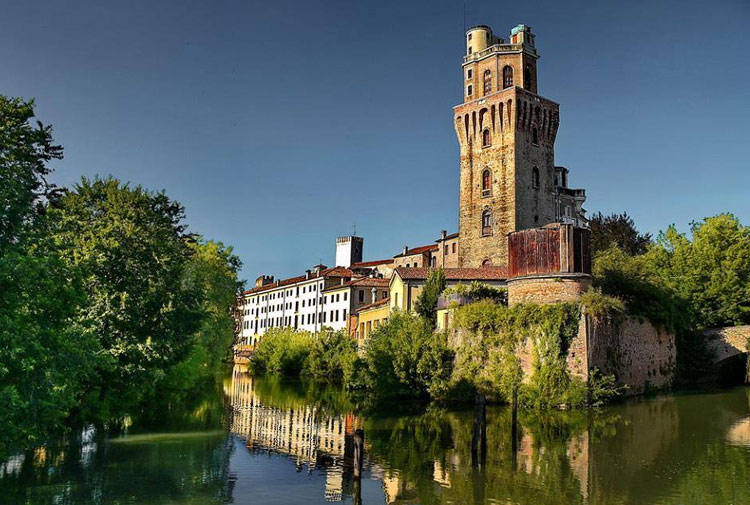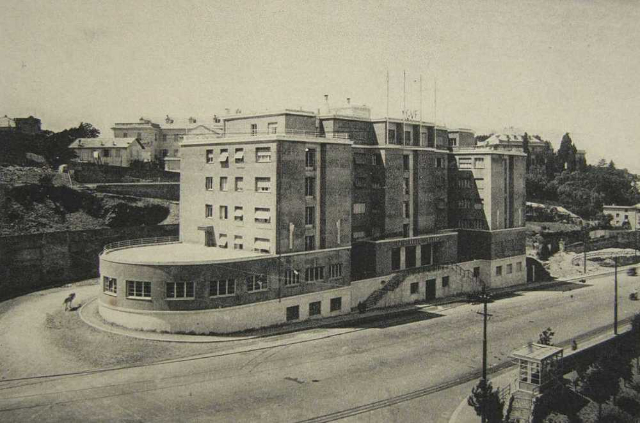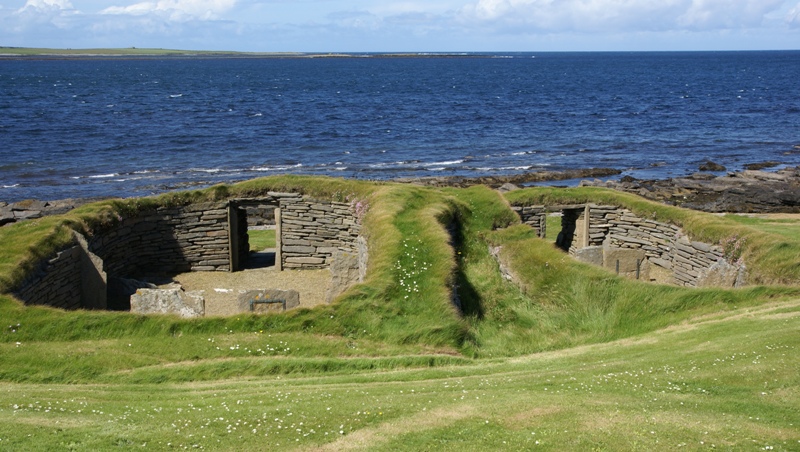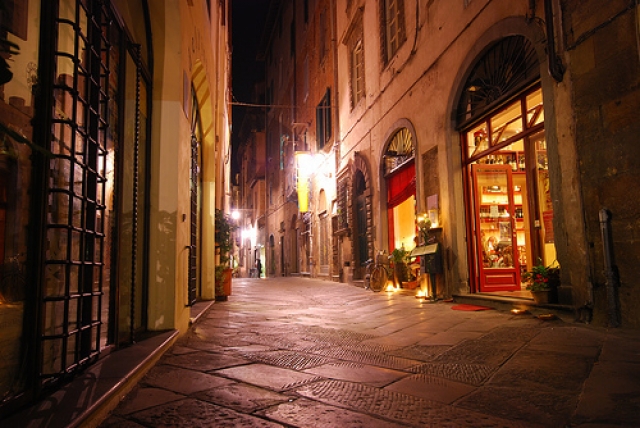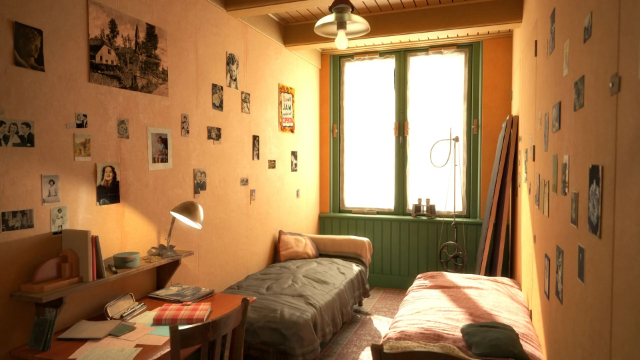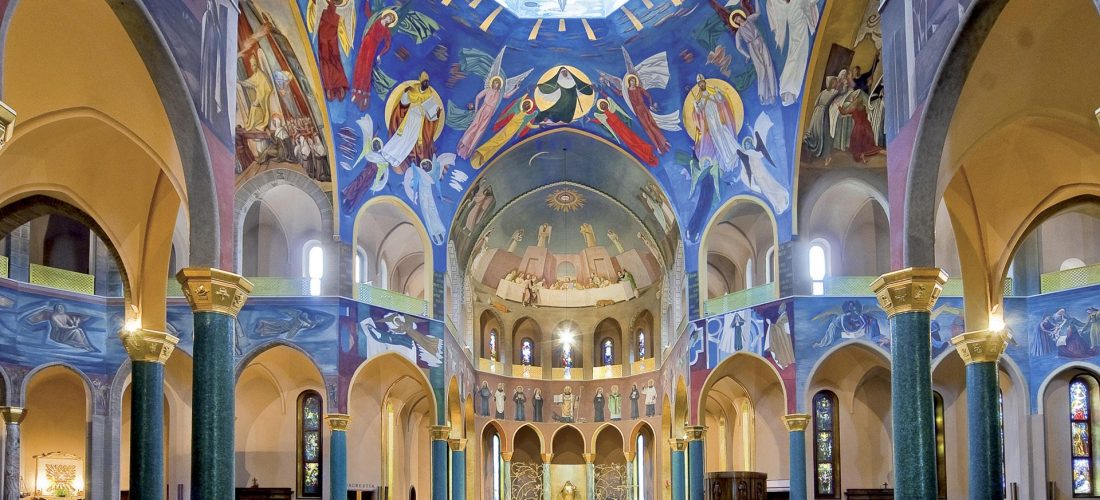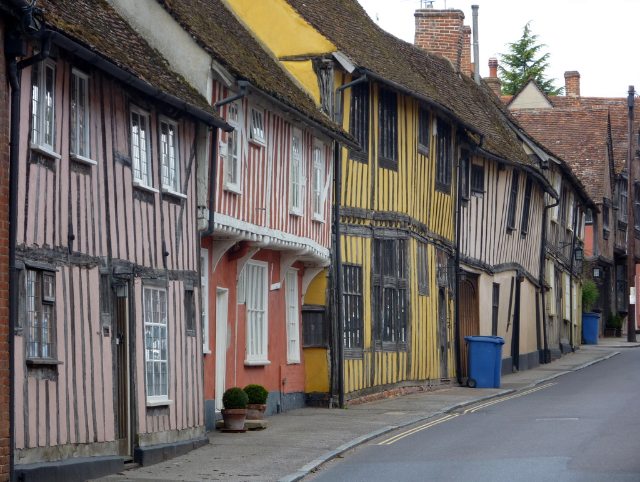The Specola is one of the most representative symbols of the city and its history: the high tower is in fact a reminder of the tyranny of Ezzelino III da Romano, who in 1242 had built a castle with two towers, the largest of which, as the chronicles of the time tell us, was the place where the tyrant kept his prisoners locked up and tortured them.
The Specola
The subsequent lords of Padua, the Carrara family, built a new castle-fortification in 1374 on the remains of the old one as a defensive bulwark and a splendid building decorated inside and out.
On 21 May 1761 the Senate of the Republic of Venice issued a decree establishing an astronomical observatory at the University of Padua, to be used also as a training place for future astronomers.
Only four years later, in September 1765, the professor of astronomy, geography, and meteors, Abbot Giuseppe Toaldo (1719-1797), was assigned the task of visiting the main Italian observatories to learn about the structure of the building and the main instruments necessary for the astronomer’s activity.
On his return from this investigation, Toaldo, after presenting the project, in December of the same year brought from Vicenza the architect Don Domenico Cerato (1715-1792), a friend and fellow student at the Episcopal Seminary of Padua and one of the most skilled architects of the time.
Toaldo proposed to use the High Tower of Castel Vecchio for its large and solid walls and for its location inside the city, ideal for astronomical observation. In particular, the Tower was suitable because it allowed an excellent observation towards the south, that is towards the celestial meridian, a crucial point for the study of the motion of the stars.
And so it was that, after ten years of work, in 1777 the Tower became an astronomical observatory, or "specula astronomica" according to the Latin wording.
Cannocchiale della Specola – ph Danesin
The interior of the tower was restructured for the use of astronomical observations and was divided into two parts: a lower part, 16 meters above the ground on the east wall, where the Meridian Room was built for observations at the celestial meridian, and an upper part, 35 meters above the ground in the area of the battlements, where a high room with high windows was built, the Hall of Figures, to observe the vault of heaven from every angle with telescopes of various types, also using the adjacent terrace.
The new observatory, one of the most beautiful in 18th century Europe, was visited by illustrious figures, such as the German poet and playwright Johann Wolfgang Goethe, who in 1786 described in his travel diary the splendid panorama he could admire from the top of the Observatory tower.
